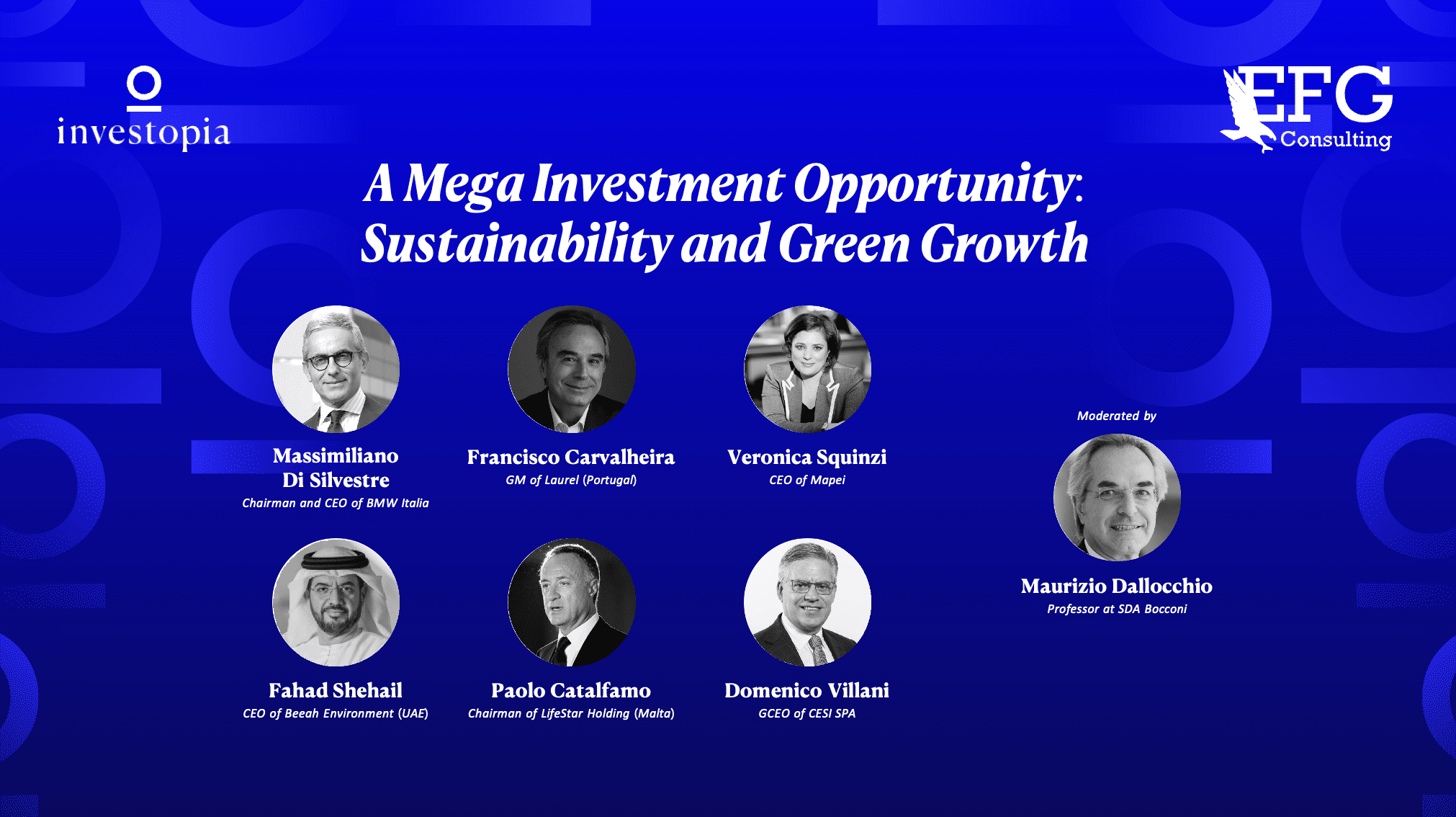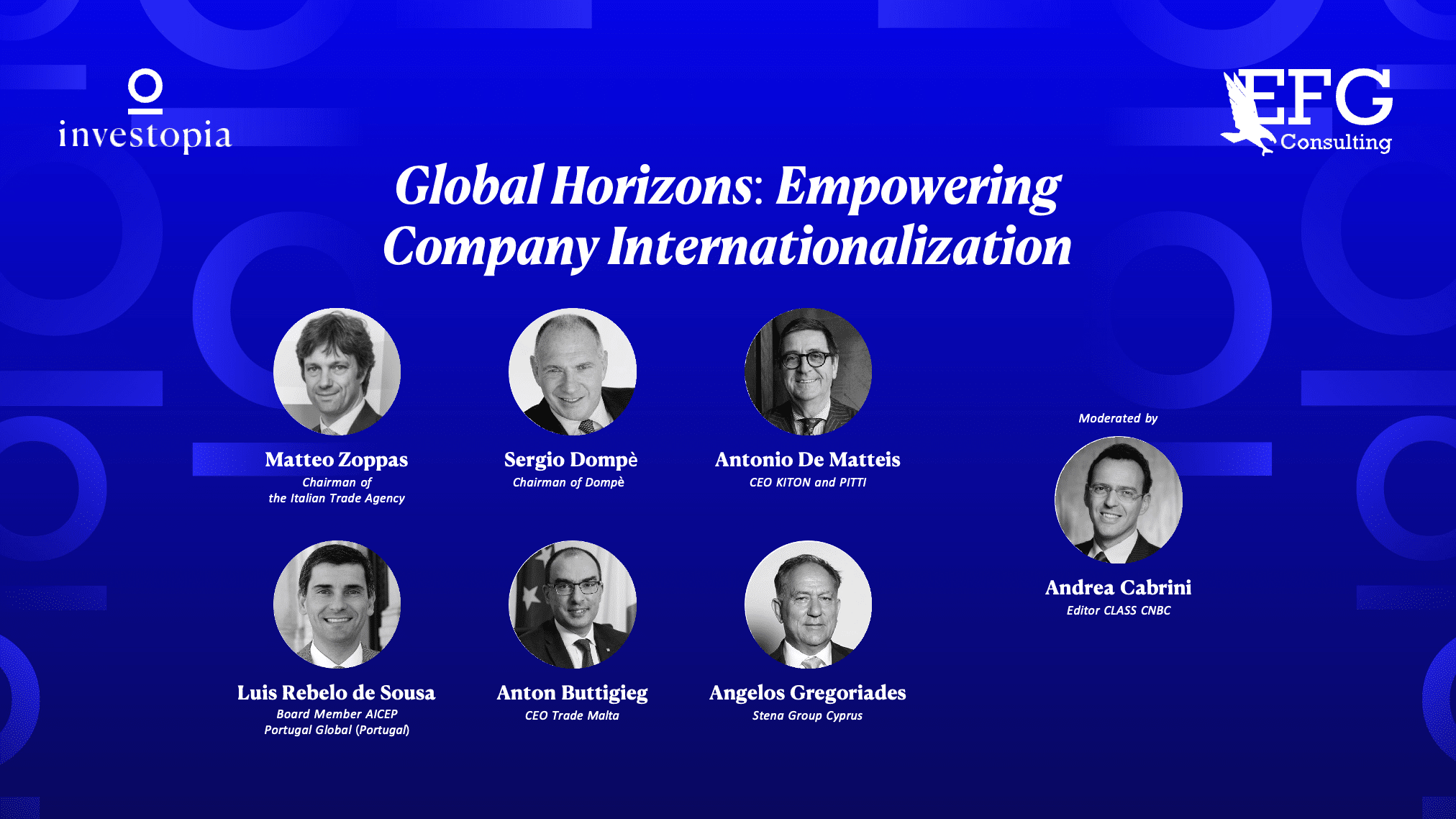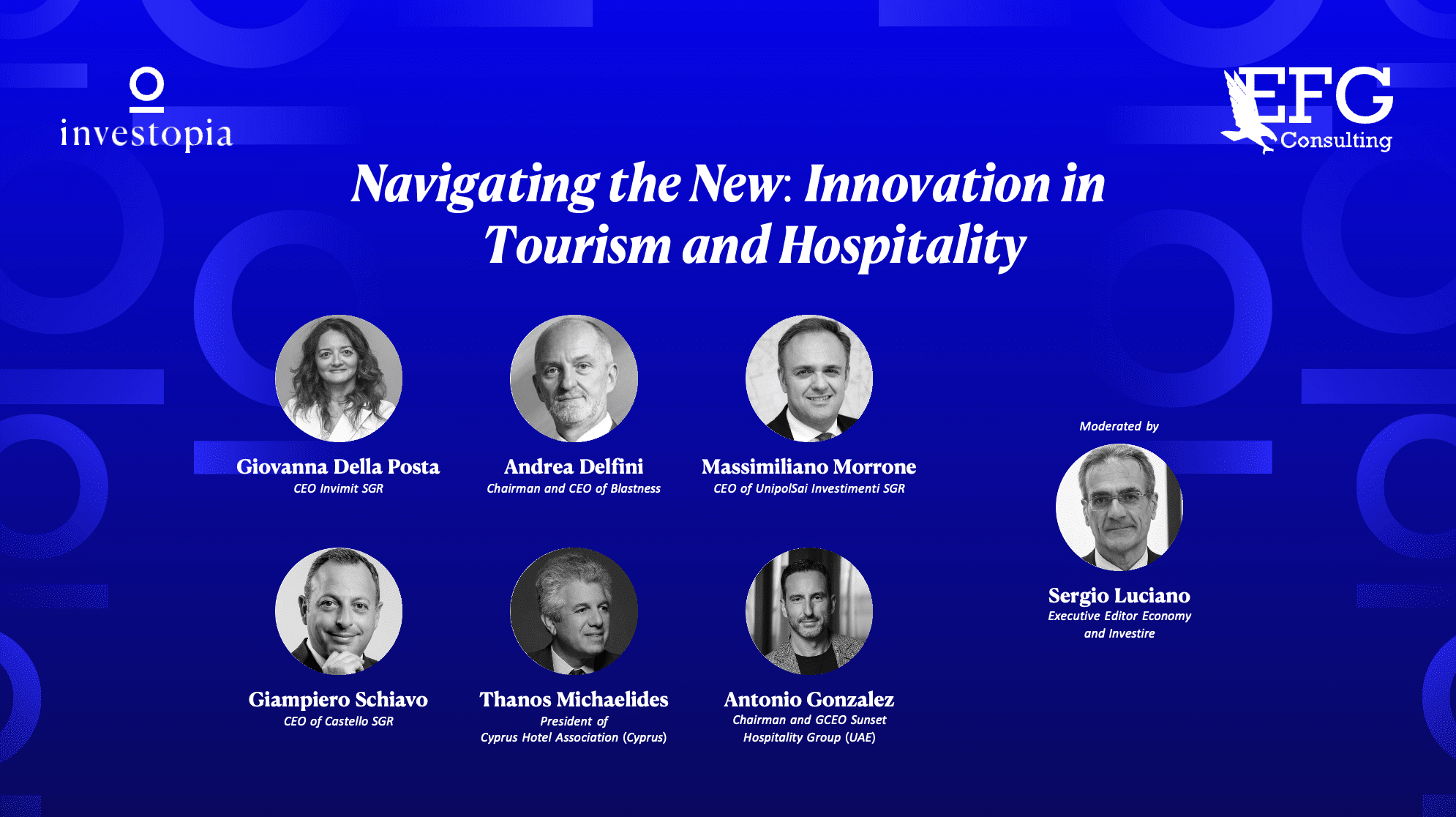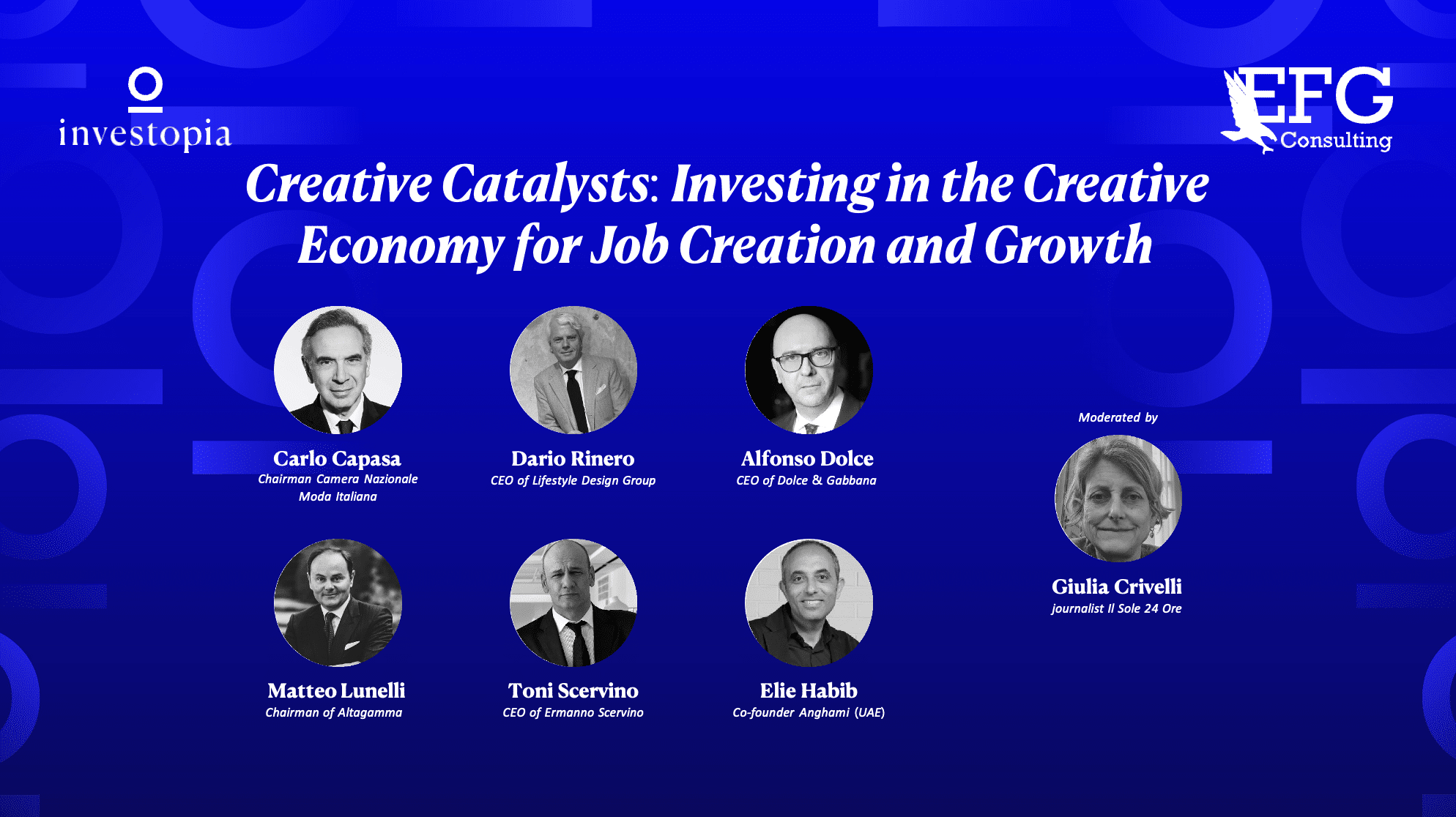Session Speakers:

Karim Toumi
Legal Expert at the UAE Ministry of Economy

Shreekant Somany
Chairman & Managing Director of Somany Ceramics Limited

Vir S Advani
Vice Chairman & Managing Director of Blue Star Limited
Share
Key Takeaways
- Preferential Trade Enhancement: CEPA transforms Indo-UAE trade from routine to preferential, significantly reducing tariffs on over 11,000 product lines, fostering more accessible and efficient trade exchanges.
- Barrier Reduction in Trade: The agreement effectively eliminates various trade barriers, including technical and sanitary measures, thereby streamlining and simplifying the trading process between India and the UAE.
- Service Sector Liberalization: CEPA paves the way for liberalization in numerous service sectors, enabling businesses from both countries to expand their operations and services across borders more freely.
- SME Expansion Opportunities: The agreement opens new avenues for Small and Medium Enterprises (SMEs) in both nations, allowing them to explore broader markets and utilize the UAE as a strategic hub for exports and global outreach.
- Robust Investment and Dispute Resolution Framework: CEPA includes comprehensive investment incentives and a well-defined dispute resolution mechanism, ensuring a stable and predictable environment for bilateral investments and trade relations.
The Comprehensive Economic Partnership Agreement (CEPA) between India and the UAE, effective since May 2022, is a landmark deal set to escalate bilateral trade from $60 billion to $100 billion within five years. This article explores the dynamics of CEPA, as discussed in the Investopia Global Talks, with insights from Mr. Karim Toumi, Legal Expert at the Ministry of Economy, UAE, and Shreekant Somani, Chairman & Managing Director of Somany Ceramics Limited. Moderated by Vir S Advani, Vice Chairman & Managing Director of Blue Star Limited, the session delved into the CEPA’s pillars, opportunities, challenges, and implications for future trade and investment between India and the UAE
The Key Pillars of CEPA
Karim Toumi outlined the structure of CEPA, emphasizing its comprehensive nature with over 18 chapters, 11 annexes, and 3 side letters. The first pillar focuses on trading goods, marking a significant shift from routine to preferential trade, with over 11,000 tariff lines now available for preferential treatment. The second pillar addresses barriers to trade, eliminating technical hurdles, and streamlining processes. The third pillar revolves around trading services, liberalizing several sectors and allowing cross-border services under CEPA.
Opportunities Unleashed by CEPA
Shreekant Somani highlighted the post-COVID global shifts, positioning CEPA as a timely catalyst for diversifying trade beyond oil, encompassing services, AI, and digital trade. The agreement opens avenues for SMEs in both countries to expand their reach and use the UAE as a hub for broader export operations.
Overcoming Implementation Challenges
Karim Toumi acknowledged the initial challenges in implementing CEPA, particularly in trading goods. The establishment of committees, like the trading goods committee, and the open channel for dialogue are key in addressing these challenges. Emphasis was laid on the harmonized system ensuring full commitment and mitigating discrepancies between the two parties.
Leveraging CEPA for Broader Business Avenues
Shreekant Somani discussed the potential for Indian companies to leverage the UAE’s other CEPAs for business expansion beyond the UAE, particularly in Africa. This strategic positioning can enable Indian companies to use the UAE as a base for broader operations.
Investment and Dispute Resolution Under CEPA
Karim Toumi touched upon the investment aspects and dispute resolution mechanisms under CEPA. The agreement includes incentives and enablers for investment, governed by the comprehensive rules and regulations within its chapters. The ‘triangle rule of origins’ was mentioned as a significant enabler, allowing the combination of raw materials from different countries while satisfying the rules of origin for the benefits of CEPA.
Conclusion
The CEPA between India and the UAE marks a new era of economic partnership, offering a plethora of opportunities for trade and investment. While there are challenges in its implementation, the commitment to continuous dialogue and resolution mechanisms promises a robust framework for enhancing bilateral trade. As the world moves towards a more integrated economic landscape, CEPA stands as a testament to the possibilities and benefits of strategic economic partnerships.









